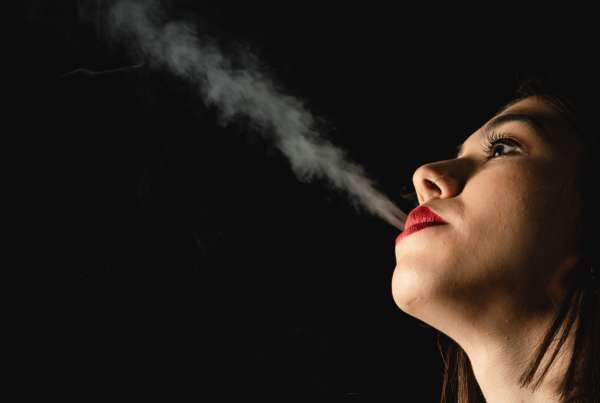Who actually smokes anymore? I find myself saying this every time I see someone light up; especially after all we’ve learned. It’s not like there’s some beneficial properties to smoking chemically treated tobacco!
Anti-smoking laws have been on the rise for years. Truth is, being a smoker is expensive and isolating, not to mention bad for your health. Looks like the ultimate goal is to eliminate smoking in public places once and for all. It used to be that folks could smoke in restaurants or planes, negatively impacting the communal air space. Over time this has changed. As a former smoker, I remember feeling the heat when those first changes were initiated. I remember being resentful and feeling as though my rights were being violated. My young, feisty attitude screamed, “I can do whatever I want!” and of course, I smoked anyway. I realize now that it wasn’t my “right” to harm those around me. That self-righteousness was really the selfishness of my addiction talking. True to addict form, all I could think about was my next cigarette.
Recently, the FDA released 9 graphic anti-smoking images that are required to be placed on the top half of cigarette packaging by the Fall of 2012. At the same time, Australia will begin enforcing a ban on brand labels on cigarette packaging in an effort to lesson the intrigue and coolness factor associated with smoking. Despite the usual grumblings from the tobacco industry, the FDA is holding firm. Sadly, the graphic images haven’t really impacted the way people are smoking, though. According to a new, German study, smokers that have been deprived of nicotine for short periods of time have a lower response to fear. “In those who stop smoking, the activity of the fear center has been lowered so much that they are not very receptive to the scary photos,” said study researcher René Hurlemann, of the University of Bonn in Germany. They came to this conclusion after scanning the brains of 28 smokers and 28 non-smokers using functional magnetic resonance imaging (fMRI)[1]. And researcher Özgür Onur of the University of Köln noted that smokers, particularly after a 12-hour abstinence, were “indifferent to fear.” Onur went on to say, “It seems that they (smokers) are mentally caught up in their addiction, resulting in a lowered receptivity for fear-inducing stimuli.” That’s a problem, particularly when fear is our body’s natural way of keeping us from doing something perilous.
While the FDA’s imagery may be useful in deterring non-smokers from picking up in the first place, I hesitate to think that it will greatly change the way current smokers look at their legal drug of choice. The teens I come across certainly aren’t deterred. If anything, they are viewing the graphic images as a joke.
Beyond the current results of these scientific studies, the taste left in my mouth is really one of denial seasoned with a nicotine chaser.








